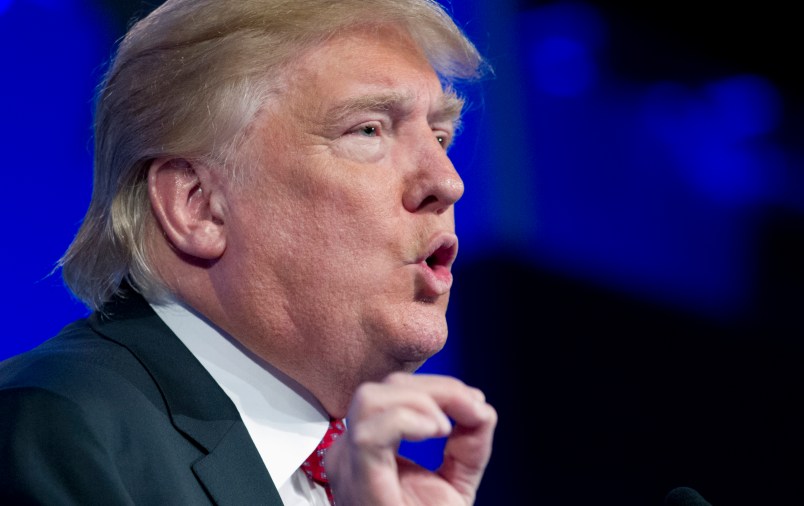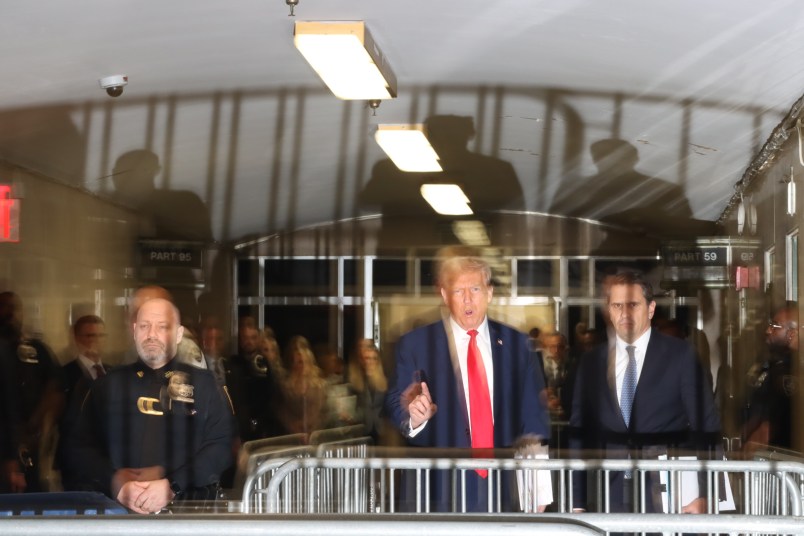WASHINGTON (AP) — After roughly three months of closed-door talks, the Trump administration and Republican congressional leaders appear to have made little concrete progress on a plan to overhaul the tax code and lower business and personal rates.
A joint statement released Thursday offered fewer details than the guidelines the White House had released in April, raising some doubts as to how the Trump administration can meet its deadline of rewriting the tax code this year in order to deliver an economic boost in 2018.
The statement suggested that the so-called “Big Six” negotiating the deal — a group that includes Treasury Secretary Steve Mnuchin, House Speaker Paul Ryan and Senate Majority Leader Mitch McConnell — has yet to finalize specifics about how low rates could go and the possible impact on the budget deficit.
House and Senate committees hope to draft legislation overhauling the tax code this fall. President Donald Trump and Congress already are attempting to undo the 2010 health insurance law signed by then-President Barack Obama, finalize a budget and increase the government’s borrowing authority.
The three other members of the group of six are top White House economics aide Gary Cohn, Senate Finance Committee Chairman Orrin Hatch and House Ways and Means Committee Chairman Kevin Brady.
The joint statement said the group is no longer considering the adoption of an import-based tax system in order to lower rates without possibly causing the deficit to balloon.
House Republicans had essentially proposed a border-based form of taxation on companies’ imports, a measure that retailers vigorously opposed on fears it would lead to higher prices and lower sales revenues.
“The goal is a plan that reduces tax rates as much as possible,” the statement said.
That’s a vaguer commitment than the White House goals announced in April. Among other items, the goals included lowering corporate tax rates to 15 percent from a top rate of 35 percent, as well as reducing the number of personal tax brackets from seven to three: 10 percent, 25 percent and 35 percent.
House Minority Leader Nancy Pelosi, D-Calif., said the statement showed that Republicans lacked a genuine plan.
“Today’s threadbare joint statement shows Republicans continuing to flounder instead of inviting bipartisan progress on real tax reform for hard-working Americans,” she said.
White House spokeswoman Natalie Strom said most of the goals in the White House April guidelines are “consistent” with Thursday’s joint statement. The discussions largely occurred outside the public eye, but roughly 200 lawmakers were briefed and the administration met with multiple business groups and trade associations on taxes that are largely supportive of the lower rates.
The statement offered little insight into how the overhaul would avoid increasing the deficit after a decade — currently a requirement for the Senate to pass a tax overhaul with less than 60 votes, a likelihood given the Republicans’ 52-seat majority.
Still, an aide to Speaker Ryan, Doug Andres, said the plan wouldn’t blow a hole in federal revenues.
“We believe that we can cut taxes without increasing the deficit,” he said.
President Donald Trump and other administration officials have said that tax cuts will lead to faster economic growth of more than 3 percent from a post-recession average of roughly 2 percent. An analysis of Trump’s guidelines by the University of Pennsylvania’s Wharton Budget Model suggests that the Trump tax guidelines would cut economic growth by 9 percent through 2040 because it would increase the federal debtload.
Most economists say growth at that faster pace is unlikely given the aging U.S. population and low level of productivity gains in recent years.
Mark Doms, a senior economist at the financial firm Nomura, said the statement “contains little new information,” causing him to predict that modest tax cuts are much more likely than the first massive rewrite of the tax code since 1986.
“The statement didn’t provide much detail, reaffirming our belief that a serious reform plan still remains out of reach,” Doms said.









